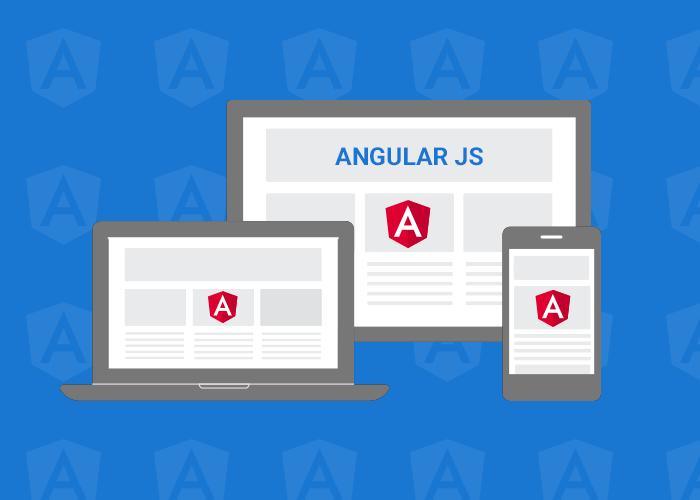
Nowadays, customers access internet sites and internet applications on a wide number of devices, systems, and browsers. Ergo, designers need certainly to concentrate extensively on web site’s graphical user interface (UI) to create it easy to access, use, and navigate. As a robust client-side programming language, JavaScript helps developers to create rich internet user interfaces (UIs). The developers can further speed up web UI creating through the use of lots of front-end JavaScript frameworks. AngularJS is a widely used front-end framework that is javaScript and maintained by Bing.
Like other open supply JavaScript frameworks, AngularJS additionally helps designers to curtail overall web application development price. Nonetheless it accelerates custom web application development by allowing code writers to express various aspects of a web application by extending HTML syntax. Additionally, AngularJS updates the web application’s UI each time the backend changes by supporting two-way data binding. The developers can further extend AngularJS by integrating it with various JavaScript libraries. There are additionally a number of reasons why numerous web designers prefer AngularJS with other front-end JavaScript frameworks.
Why Many Web-developers Want AngularJS to Other Front-end JavaScript Frameworks?
Extends HTML Syntax
And also being written in JavaScript, AngularJS is also distributed as a file that is javaScript. It may be embedded into a web web page straight through the script tag. Also, permits developers expressing different components of a web application by extending HTML with three ng-directives – ng-app, ng-bind and ng-model. The web developers may also utilize AngularJS expressions to bind AngularJS information to HTML without composing code that is additional.
Implements MVC Pattern Differently
Model-view-controllers allow developers to simplify development of large internet applications by maintaining their user business and interface logic divided. But AngularJS implements MVC pattern in a way that is distinct. The AngularJS group calls the implementation that is distinct of pattern as model-view-whatever. The model-view-whatever architecture makes it easier for programmers to improve the performance and maintainability of complex web applications.
Supports Two Way Data Binding
In addition to applying MVC architecture differently, AngularJS additionally supports two-way data binding. The feature helps designers to synchronize the information between model and view components without putting extra work. AngularJS immediately updates the web application’s frontend each right time its backend modifications. As AngularJS synchronizes the model and view automatically, the designers aren’t necessary to implement DOM manipulation.
Improves Server Correspondence
AngularJS decreases internet server load considerably by supporting caching. The built-in services provided by AngularJS help developers to improve client-server communication at the same time. The services further make it easier for web-developers to work alongside different backend systems and solutions. Additionally, the designers takes benefit of the integrated services to make the data return asynchronously without writing code that is complex.
Implements Client-Side Form Validation
A variety can be created by the web developers of forms by combining HTML, CSS and AngularJS. AngularJS further helps designers to implement form validation that is client-side. It monitors the continuing state associated with the kind also individual text industries. It even notifies users concerning the state that is current of type or input areas. The designers can validate the form easily input using standard HTML5 characteristics. AngularJS also allow them to create and utilize custom validation functions.
Keeps the Code Maintainable and Testable
AngularJS helps designers to write readable and maintainable rule by extending HTML syntax. Along with expanding current HTML tags, the developers may use directive to create custom HTML syntax. The framework keeps the code testable by allowing programmers to use plan JavaScript objects at the same time. The models in AngularJS are also designed as plain JavaScript things. Hence, the designers may use the framework to create clean, readable, maintainable, and testable code.
Provides a Built-in Dependency Injection Subsystem
Frequently frontend web developers utilize dependency injection tools to inject dependency to an object within the many appropriate way and make the things exchange dependencies seamlessly. AngularJS simplifies dependency injection by providing a dependency injection subsystem that is built-in. The dependency injection subsystem helps it be easier for designers to restore components that are individual the internet application, along side doing testing.
A Component of MEAN Stack
Numerous web-developers prefer making use of AngularJS as a key part of SUGGEST stack along with MangoDB NoSQL database, Express.js and Node.js. As full-stack JavaScript, SUGGEST allows code writers to write both client-side and server-side code in JavaScript. With more and more enterprises opting for isomorphic applications, AngularJS has been used commonly by developers as a component of SUGGEST stack.
A few frameworks that are angularJS-based
In addition to integrating AngularJS with lots of trusted JavaScript libraries, the net designers likewise have choice to avail several AngularJS-based frameworks – Suave, PrimeNG, QuantumUI, Semantic UI and UI Bootstrap. The UI elements supplied by these AngularJS-based frameworks allow it to be easier for web developers to construct custom web-based user interfaces. Additionally, these frameworks help developers to produce responsive and cross-browser web user interfaces.
Keeps Evolving
As mentioned previously, AngularJS is maintained by Bing along side a grouped community of designers. Thus, it keeps evolving consistently to simplify and increase web application development. In AngularJS 5 was released with a number of new features november. The version that is latest associated with JavaScript framework simplifies development of modern internet applications, removes unnecessary code through the application through a build optimizer, and provides a fresh HttpClient.